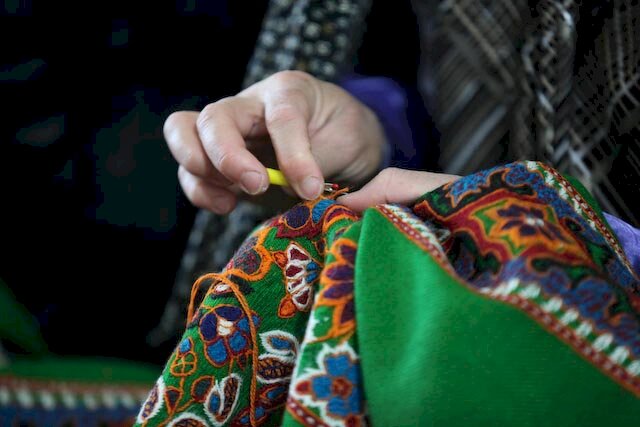

TEHRAN – An Iranian NGO, founded by a group of female Iranian crafters, has planned to financially support the revival of ancient qanats situated near the scorching Lut Desert in east-central Iran.
Some 150 female crafters, who are afflicted with the NGO, aim to donate 15 percent of their sales revenues to revive arrays of ancient aqueducts which are scattered in Shahdad region of Lut Desert in Kerman province, deputy provincial chief Kazem Hosseinzadeh announced on Tuesday.
“They, most of whom weaving handmade textiles, have so far assisted to bring five qanats back to their former glory through rounds of restoration work such as dredging,” the official noted.
For thousands of years, qanat systems have supplied water to agricultural and permanent settlements in arid regions of Iran, tapping alluvial aquifers at the heads of valleys and conducting the water along underground tunnels by gravity, often over many kilometers.
The concept of “Persian Qanat” was registered on the UNESCO World Heritage list in 2016, representing a selection of eleven aqueducts across Iran. According to UNESCO, The qanats provide exceptional testimony to cultural traditions and civilizations in desert areas with an arid climate.
The qanat system relies on snow-fed streams, which flow down the foothills of surrounding mountains channeling through sloping aqueducts, often over far distances to discharge into underground reservoirs or ab-anbars in urban areas.
Such constructions are still in practice, many of which were made from the 13th century onwards. Yazd is among ancient cities that have applied this concept to make urban settlements possible in central Iran.
The earliest water supply constructions in Yazd is believed to date from the Sassanid era (224 to 651 CE) while many others have been continually repaired and used over time, most surviving ab-anbars can be today traced to the late Safavid and Qajar periods. The oasis city of Yazd, which is a UNESCO World Heritage, is wedged between the northern Dasht-e Kavir and southern Dasht-e Lut on a flat plain ringed by mountains.
AFM/
 RSS Feed
RSS Feed















 December 2nd, 2020
December 2nd, 2020  Awake Goy
Awake Goy  Posted in
Posted in  Tags:
Tags: 













